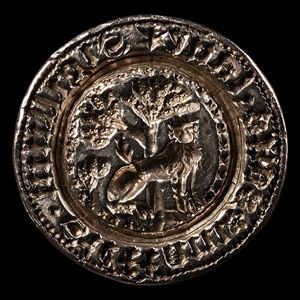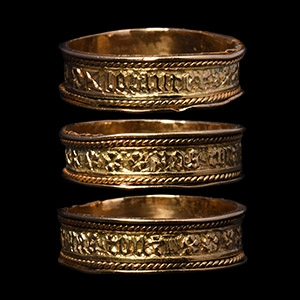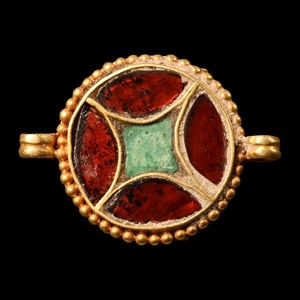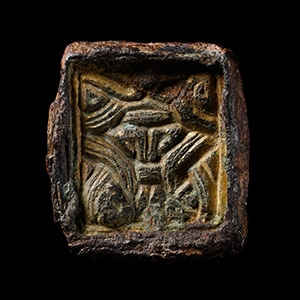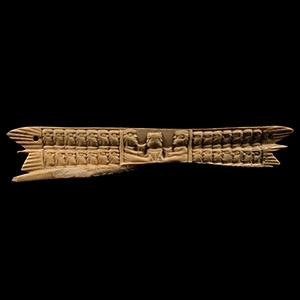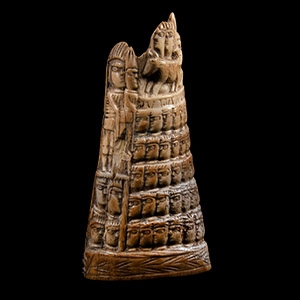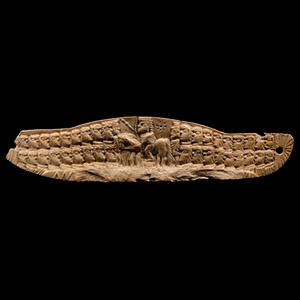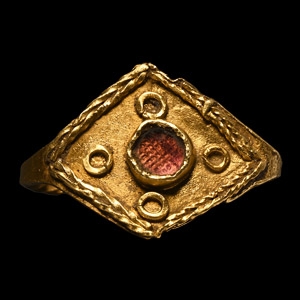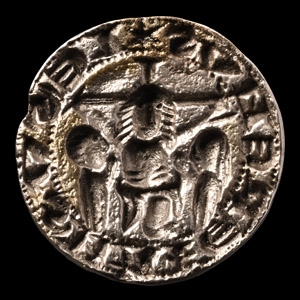Home > Auctions > 21 - 25 February 2023
Ancient Art, Antiquities, Natural History & Coins
Auction Highlights:
Found UK.
Acquired in the 1990s.
From a North Yorkshire private collection, UK.
See Hinton, D.A., Gold and Gilt, Pots and Pins, Oxford, 2006, plate D, for similar.
The item began as one of a set of pin-heads for the headdress of a high-status female. Subsequently the edge was pierced in two places and a rivet passed through one hole - if the other hole also accepted a rivet it has been lost. The floral decoration terminates in narrow triangular vine-leaf motifs which appear elsewhere in Trewhiddle Style art.
Found whilst searching with a metal detector by Mr Keith J Lewis and Mr James Arms near Willisham, Suffolk, UK, in March 2019.
Declared under the Treasure Act and disclaimed to the finders.
Accompanied by a copy of the report on the find of potential treasure for H M Coroner.
Cf. two gold finger rings with similar carinated profile (but lacking the punched detailing) found with other items at Patching, West Sussex, England in Hinton, D.A., Gold and Gilt, Pots and Pins, Oxford, 2006, fig.1.3.
Acquired 1980-2015.
Ex Abelita family collection.
Cf. similar motif repeated on a Byzantine-inspired mount from Kudenetov, Russia, plate 17 in Adams, N., Rethinking the Sutton Hoo Shoulder-Clasps and Armour, in Entwistle, C. & Adams, N., Intelligible Beauty, Recent Research into Byzantine Jewellery, London, 2010.
The item clearly forms part of a necklace or bracelet secured by means of cords passing through the tubes on the reverse, and attached to its neighbours by links passing through the lateral hoops.
Found UK.
Acquired in the 1990s.
From a North Yorkshire private collection, UK.
Cf. Pollington, S., Kerr, L. & Hammond, B., Wayland's Work: Anglo-Saxon Art, Myth & Material Culture from the 4th to 7th century, Ely, 2010, plate 13(b), for similar gilt-bronze panel in an iron matrix.
The gilt-bronze panel features some detailed Style I ornament with a facing mask at the centre formed from the bent legs of the two beasts. The iron matrix suggests that the piece was mounted on an item of military equipment, either a helmet, shield or horse-harness.
Found whilst searching with a metal detector in October 2021, in Siddington, Gloucestershire, UK.
Accompanied by a copy of the British Museum's Portable Antiquities Scheme report nos.GLO-6A87D9 and GLO-19B6F2.
Accompanied by a specialist report by Anglo-Saxon and Viking specialist Stephen Pollington.
This lot has been checked against the Interpol Database of stolen works of art and is accompanied by search certificate no.11649-199425.
Cf. MacGregor, A. & Bolick, E., A Summary Catalogue of the Anglo-Saxon Collections (Non-Ferrous Metals), Oxford, 1993, items 2.44, 2.45; cf. The British Museum, museum number 1852,0406.1, for a saucer brooch dated 6th-early 7th century incorporating some comparable motifs.
Previously in the Alison Barker collection, a retired London barrister.
From a Cambridge collection.
Property of a North London gentleman.
Cf. Dalton, O.M., Catalogue of Early Christian Antiquities and Objects from the Christian East in the Department of British and Medieval Antiquities and Ethnography of the British Museum, London, 1901, item 291, for type; for similar carving style see the belt of Saint Caesarius, in D'Amato, R., Post Roman Kingdoms, Dark Ages Gaul and Britain, AD 450-800, Oxford, 2022, p.12.
The piece is curved and slightly twisted in the horizontal plane suggesting that it would be unsuitable for mounting on a piece of furniture or casket unless it formed an inset panel within a larger scene.
Previously in the Alison Barker collection, a retired London barrister.
From a Cambridge collection.
Property of a North London gentleman.
Cf. Dalton, O.M., Catalogue of Early Christian Antiquities and Objects from the Christian East in the Department of British and Medieval Antiquities and Ethnography of the British Museum, London, 1901, item 291, for type; for similar carving style see the belt of Saint Caesarius, in D'Amato, R., Post Roman Kingdoms, Dark Ages Gaul and Britain, AD 450-800, Oxford, 2022, p.12.
The piece is probably a panel from a carved casket. The imagery relates to the Emperor Julian, later known as 'the Apostate', who was the cousin of Emperor Constantius II and ruled from 3 November 361-26 June 363. Julian was well-educated in the Greek tradition and rejected the Christian faith imposed on the eastern Empire under his uncle, Constantine. On his succession, Julian embarked on a military campaign against the Sassanian Empire in 363 which initially went well, but at the battle of Samarra in the same year he was badly wounded.
Previously in the Alison Barker collection, a retired London barrister.
From a Cambridge collection.
Property of a North London gentleman.
Cf. Dalton, O.M., Catalogue of Early Christian Antiquities and Objects from the Christian East in the Department of British and Medieval Antiquities and Ethnography of the British Museum, London, 1901, item 291, for type; for similar carving style see the belt of Saint Caesarius, in D'Amato, R., Post Roman Kingdoms, Dark Ages Gaul and Britain, AD 450-800, Oxford, 2022, p.12.
The scene represents a triumphant military commander or an emperor on horseback surrounded by his troops. It may have formed part of the parade attire of a junior officer.
Acquired by Mr L. Grenacs of Belgium in 1975.
Acquired London, UK, 1999.
This lot has been checked against the Interpol Database of stolen works of art and is accompanied by search certificate no.11650-198616.
See Arrhenius, B., Merovingian Garnet Jewellery, Stockholm, 1985, for discussion; and for a similar corpus, see Wieczorek, A. and Perin, P., Das Gold der Barbarenfursten, Damstadt, 2001.
Acquired 1960s-1990s.
Late Alison Barker collection, a retired London barrister.
This lot has been checked against the Interpol Database of stolen works of art and is accompanied by search certificate no.11651-199135.
Cf. Hadjadj, R., Bagues Merovingiennes - Gaul du Nord, Paris, 2007, item 144, for type; see also Adams, N., Rethinking the Sutton Hoo Shoulder-Clasps and Armour, in Entwistle, C. & Adams, N., Intelligible Beauty, Recent Research into Byzantine Jewellery, London, 2010, for discussion of the cloisonné technique.
The Matrix Collection, formed by David Morris since the late 1980s.
Found at the village of Repps-with-Bastwick near Great Yarmouth, Norfolk, UK, before 20 February 1996.
Anonymous vendor, Phillips, 20 February 1996, lot 12.
Matrix Collection catalogue no.0193.
Many of the seals within the collection were published in a book titled 'The Matrix Collection', by David Morris in 2012.
Accompanied by a copy of the illustrated collection notes.
The market town of Watton is sited in Norfolk and, during the pre-Conquest reign of Edward the Confessor, supported two manors.
The Matrix Collection, formed by David Morris since the late 1980s.
Matrix Collection catalogue no.1101.
Many of the seals within the collection were published in a book titled 'The Matrix Collection', by David Morris in 2012.
157 - 168 of 2116 LOTS


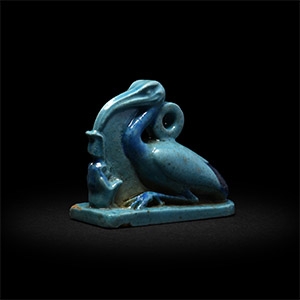



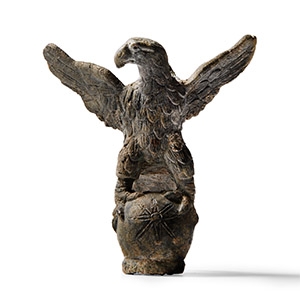
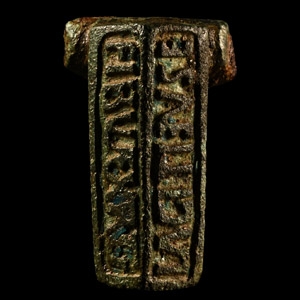

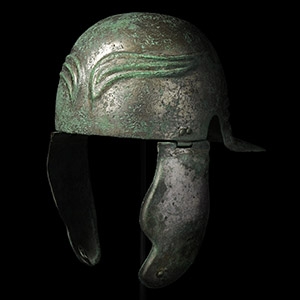
.jpg)
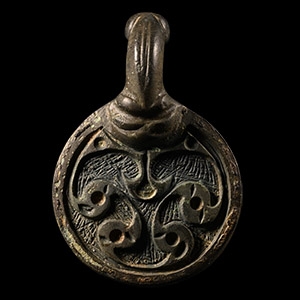
.jpg)
